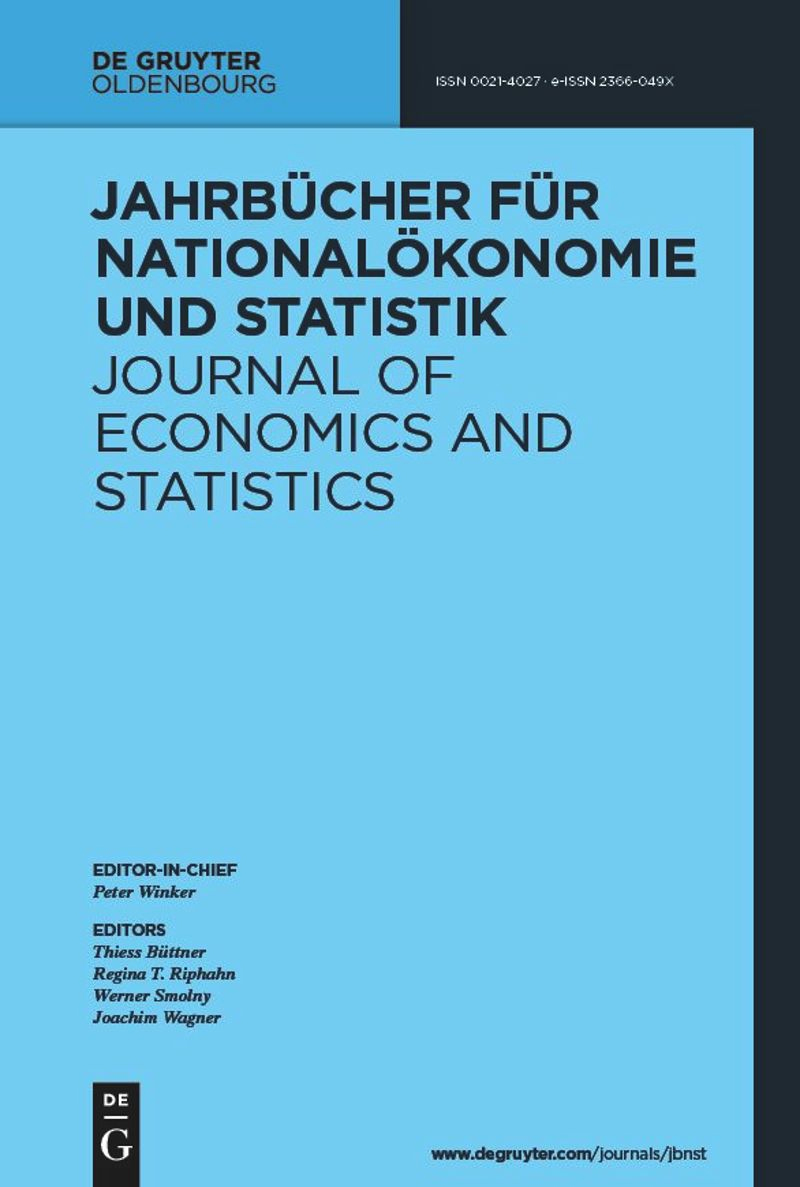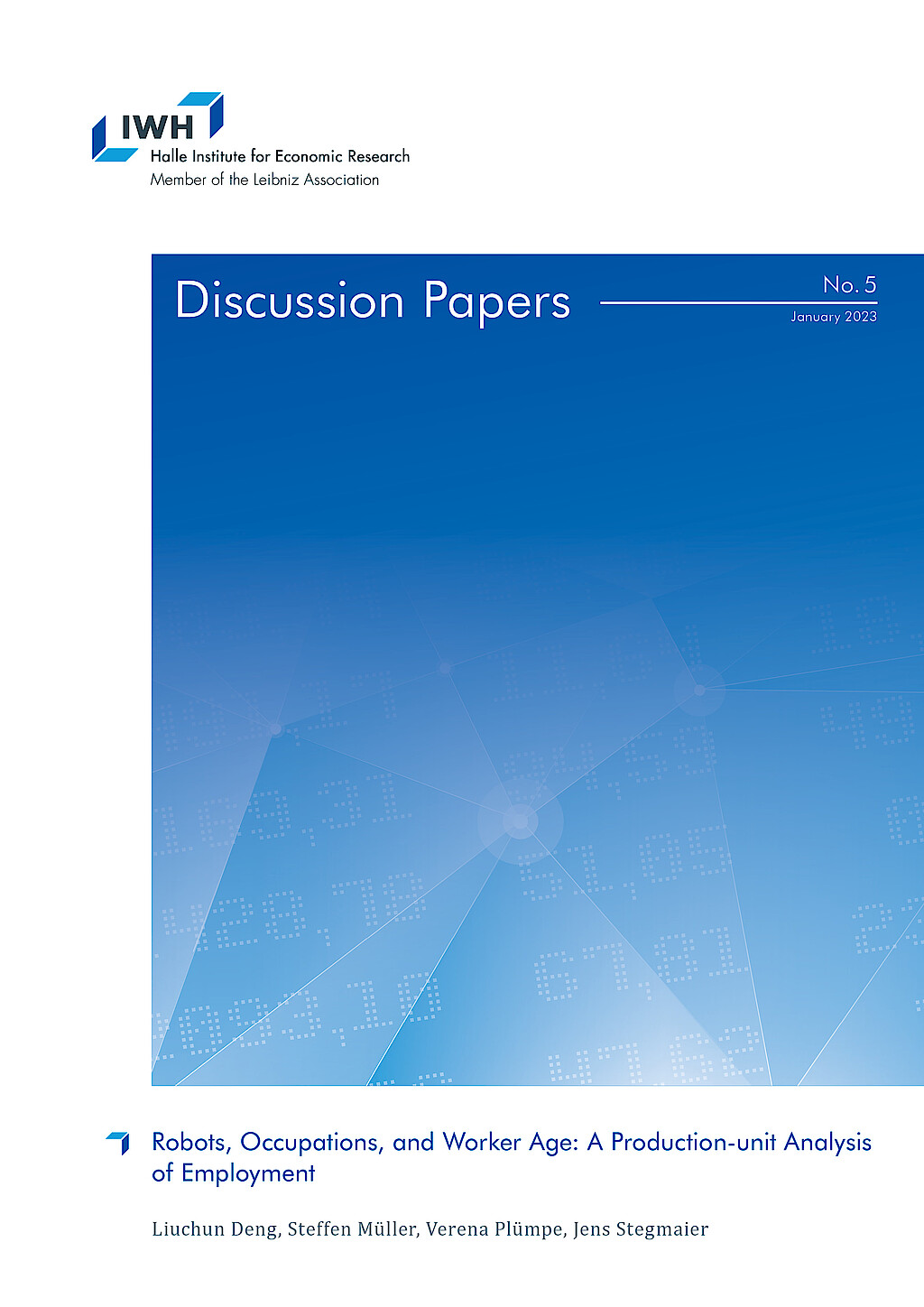Professor Liuchun Deng, Ph.D.

Aktuelle Position
seit 12/19
Research Affiliate
Leibniz-Institut für Wirtschaftsforschung Halle (IWH)
seit 8/25
Professor
Duke Kunshan University
Forschungsschwerpunkte
- Strukturwandel und internationaler Handel
- Wirtschaftswachstum
- technologischer Wandel
Liuchun Deng ist seit Dezember 2019 Research Affiliate am IWH. Seine Forschung konzentriert sich auf den technologischen Fortschritt, das Wirtschaftswachstum und den internationalen Handel.
Liuchun Deng ist Professor an der Duke Kunshan University in Suzhou in China. Zuvor war er Juniorprofessor an der Friedrich-Schiller-Universität Jena, am Yale-NUS College und an der National University of Singapore. Außerdem war er als Ökonom am IWH tätig.








